(August 23, 2023) That, their journey began in the backyard of a church in a small village of Kerala, is hardly a story that needs retelling. Journeying far from its humble origins, the Indian Space Research Organisation’s (ISRO) trajectory of accomplishments has been nothing short of awe-inspiring. Over the last many years, through their brilliance and toil, ISRO’s scientists have been able to transition from their modest beginnings to becoming a global player in space exploration – successfully ferrying foreign satellites and orchestrating the launch of lunar and Martian orbiters. And now, these geniuses have yet again scripted history by becoming the first ever to land a spacecraft on the Moon’s south pole, in just $75 million – about ten times less than NASA’s Artemis moon programme.
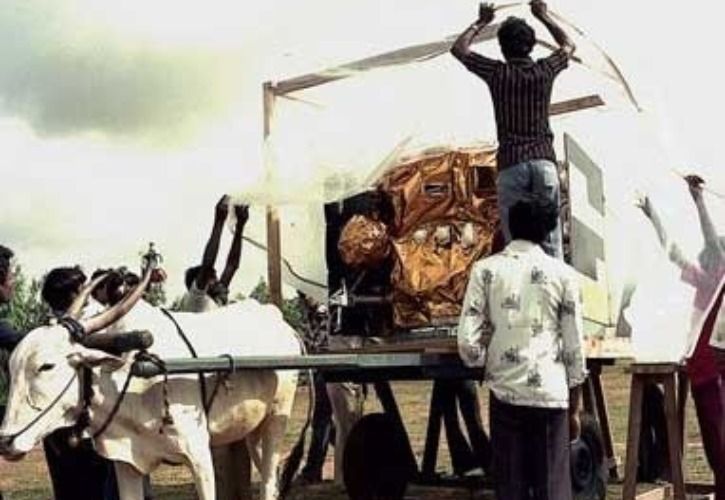
APPLE satellite being transported via bullock cart in 1981
However, beyond all the attention given to their many successful missions, there’s one more achievement of ISRO that often goes unnoticed – their contribution to making space technology cheaper for many countries that can’t launch their own satellites. Over the last decade, India has gracefully launched an impressive constellation of 431 satellites, extending its help to 36 countries across the globe, including South Korea, Argentina, Germany, Indonesia, Turkey, Italy, and Finland.
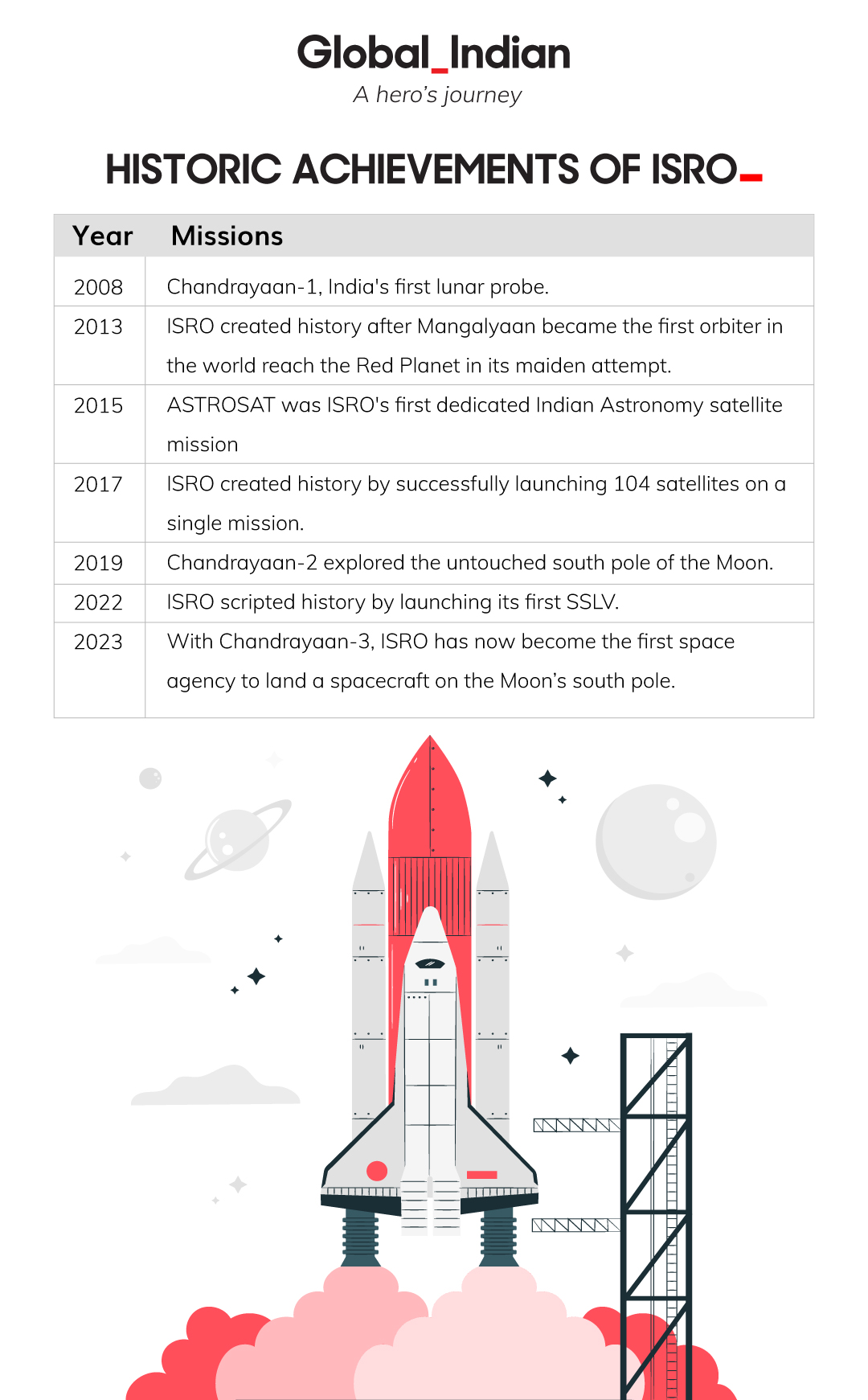
And that’s not all. Within the tapestry of the global space industry, ISRO emerges as a pivotal thread, weaving a contribution of almost $7 billion, and boasting a partnership with more than 40 Indian startups, each sculpting their launch vehicles, crafting satellites, and delving into other related endeavours.
Space for all
While organisations like NASA and ESA have always had financial backing from their respective authorities, ISRO lacked funding for a long time. This forced the scientists at ISRO to come up with some really innovative and pocket-friendly ways to operate and launch successful missions.
Interestingly, ISRO launched the Mangalyaan in 2013 with a budget of ₹4.5 billion, equivalent to $74 million, a figure that, when viewed through Western lenses, stands as astonishingly economical. In a striking parallel, during that very same year, the American Maven orbiter’s journey to the Red Planet incurred expenses nearly 10 times more in comparison. In fact, ISRO sent orbiters to both Moon and Mars at a cost eclipsed by Warner Bros. Pictures’ expenditure in producing the 2013 cinematic marvel, Gravity.
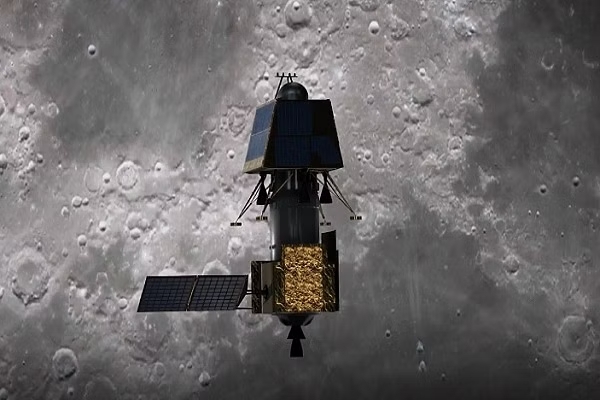
ISRO’s Chandrayaan-2 explored the south pole of the Moon
ISRO’s ability to achieve extraordinary feats while maintaining a prudent approach to financial allocation has attracted several nations to partner with India in order to send their satellites and orbiters into space. In the year 2017, ISRO created history by successfully launching 104 satellites on a single mission, overtaking the previous record of 37 satellites launched by Russia in 2014. Of the 104 small satellites, 96 belong to the United States while Israel, Kazakhstan, the United Arab Emirates, Switzerland, and the Netherlands are the other foreign clients.
High on quality; low on cost
While ISRO’s Polar Satellite Launch Vehicle (PSLV) has a rather small capacity in terms of volume (about 4000 kgs as cargo), in comparison to NASA’s Space Launch System (approximately 70,000 kgs), several nations have time and again preferred to partner with India over the USA. The PSLV rocket makes a launch happen at around $25 million, and sending each kilogram of cargo into space costs about $6600. On the other hand, NASA’s SLS requires a massive $2 billion for just one launch, which makes the cost of carrying one kilogram of cargo an astonishing $29,000 – four times more than ISRO.
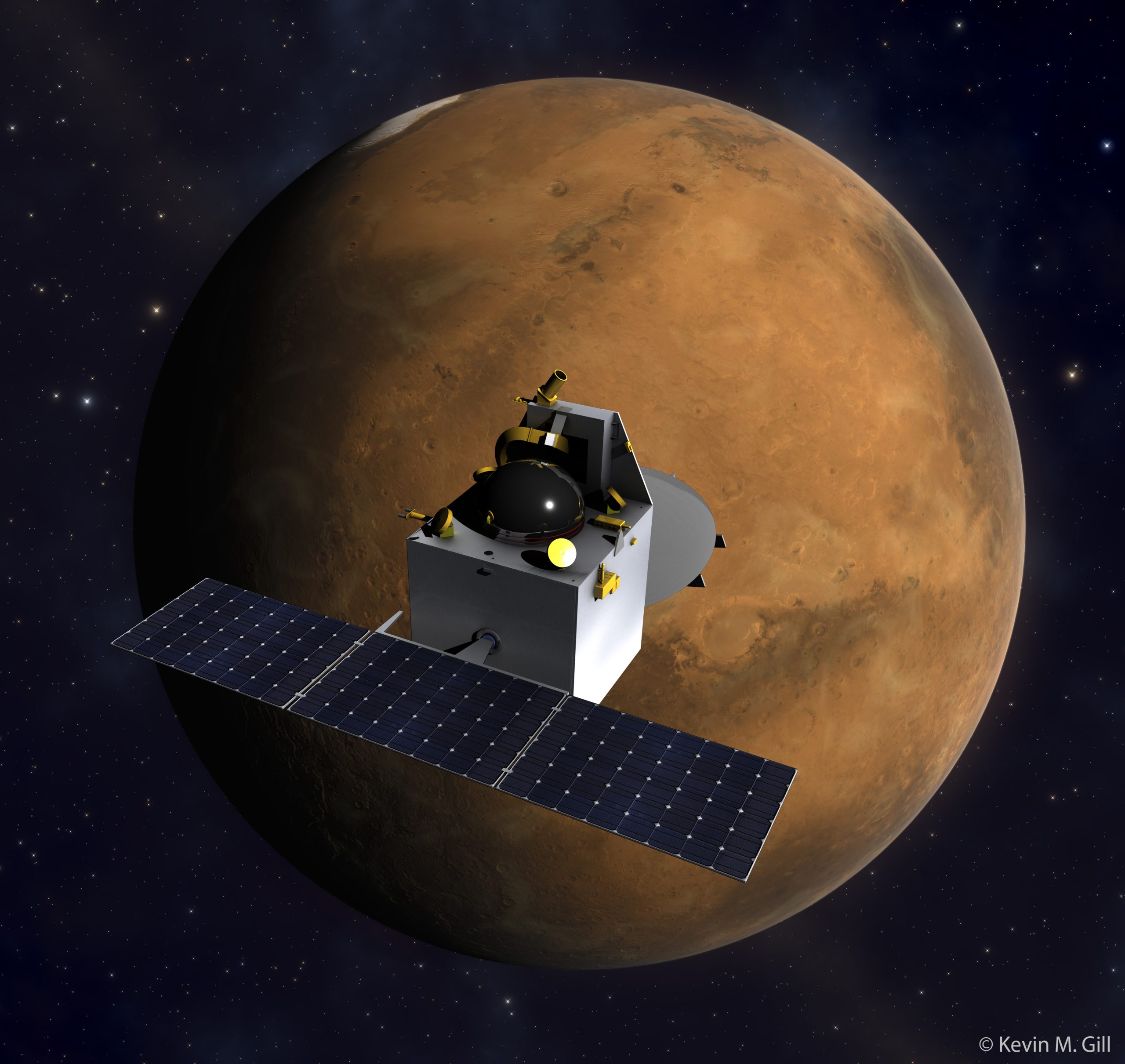
ISRO’s Mangalyaan
And of course, it goes without saying that ISRO’s PSLV is one of the most reliable launch platforms in the world. With over 50 successful launches, PSLV boasts the achievement of launching the highest number of satellites into a sun-synchronous orbit in a single launch – thus making it the most sought-after platform for various developing countries across the globe to support their space endeavours.
Empowering the next generation
It wouldn’t be wrong to say that the successful launch of Chandrayaan and Mangalyaan changed the game not just for ISRO, but for those thousands of youngsters who wished to take the Indian flag to space one day. In recent years, India has witnessed the emergence of numerous space technology startups. However, the year 2022 stood out as a significant milestone, marked by the remarkable launch activities of several private players deploying their satellites. According to the latest Economic Survey, India has now become the nurturing ground for a collective of 104 space startups and 368 space technology companies.
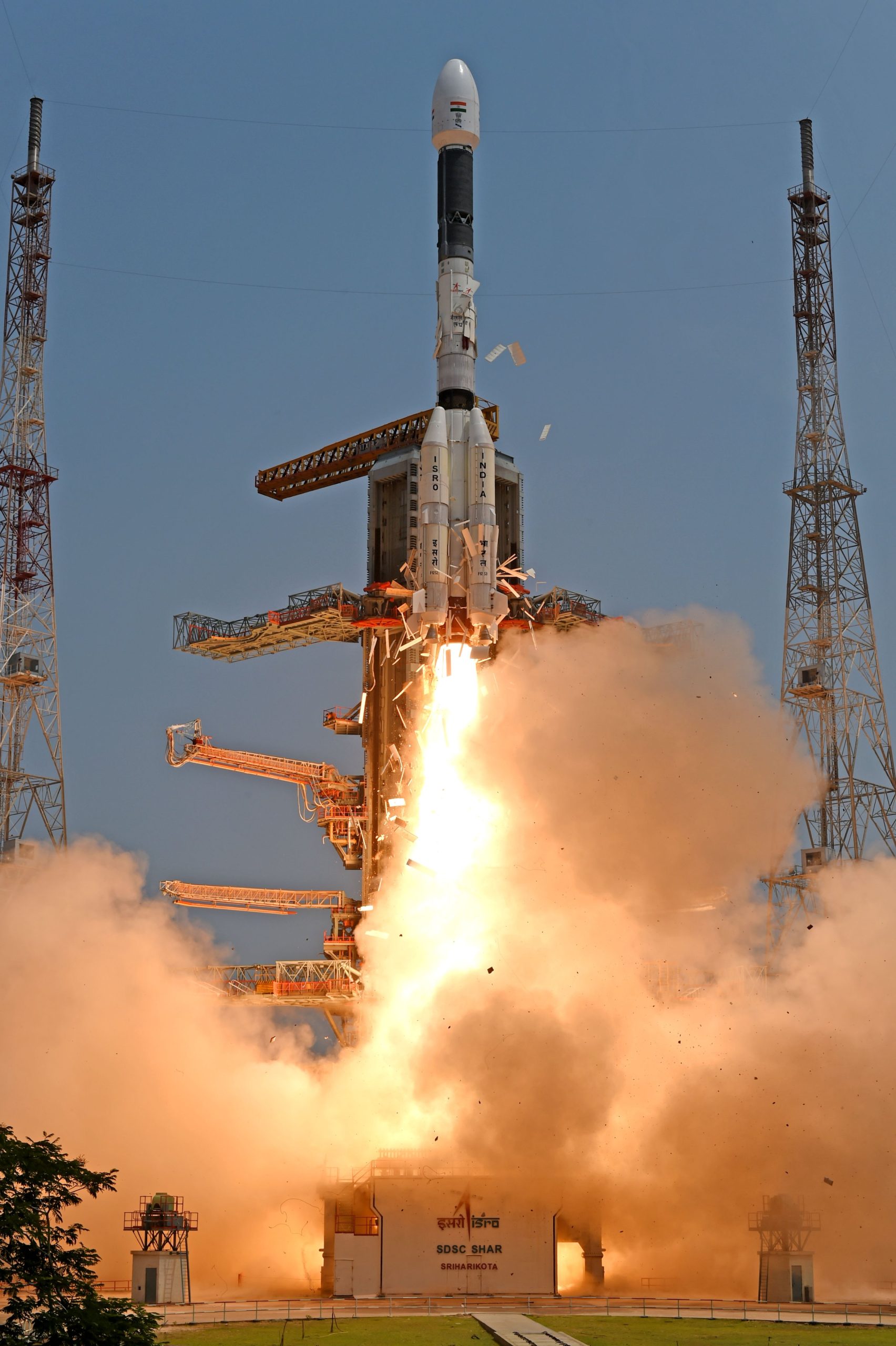
Over the years, several key players have emerged in the space tech ecosystem of India, and are being actively supported by ISRO. Many companies – such as AgniKul Cosmos, Skyroot Aerospace, Dhruva Space, Pixxel, and Bellatrix Aerospace – have been able to not only manufacture their own satellites but have also launched them successfully using ISRO’s infrastructure – making the technology accessible for many other private players in other countries.
“There’s no future of space without private sector participation,” Dr. S. Somanath, Chairman of ISRO, said earlier this year, during the inauguration of the Space System Design Lab at the Indian National Space Promotion and Authorisation Centre. “The space sector economy, which is today at about $447 billion, is expected to grow to $1.5 trillion. About 50 percent of that would be just 1.8 percent of India’s projected GDP in 2047, and private space industry in the country will be heavy contributors to this,” he added.
While India’s private space domain might have taken flight five decades after the historic moon landing, industry insiders believe that the country’s private enterprises have more than victory on their minds.
- Watch Chandrayaan 3 Vikram landing LIVE
- Follow Indian Space Research Organisation on Twitter, Facebook, YouTube, Instagram and their website




